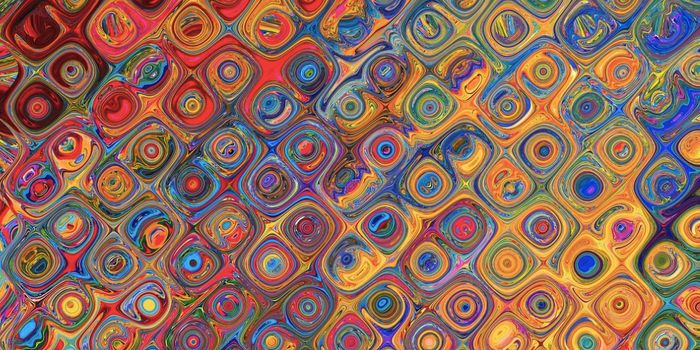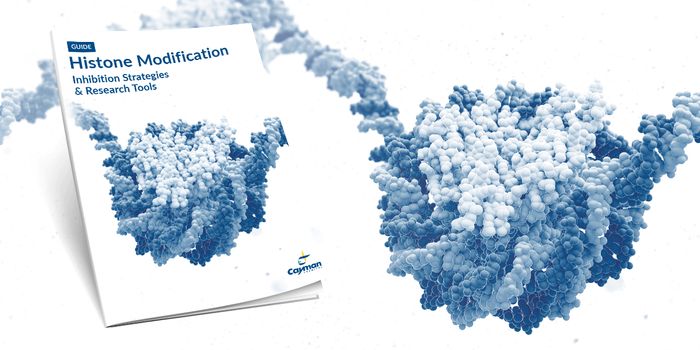Scientists have long been seeking to understand aging. Researchers studying pieces of DNA that float freely in the bloodstream called cell-free DNA (cfDNA) have identified differences in cfDNA that are linked to age and health. This work indicates that it may one day be possible to assess the biological age of a person, which may or may not be the same as their chronological age, by looking at cfDNA epigenetic biomarkers. This research has been reported in Aging Cell.
First found in the blood of cancer patients, cfDNA is made when cells die, and their DNA gets cut into pieces, explained Nicola Neretti, an assistant professor of molecular biology, cell biology and biochemistry at Brown University, who led this work.
In this work, researchers took blood samples from volunteers in their twenties and seventies and both healthy and unhealthy people over 100. The team extracted cfDNA from the blood and looked at its structural features. Specifically, they wanted to know more about the nucleosomes, a packaging unit of DNA. When a dying cell’s DNA is cut into cfDNA, the cuts happen in between nucleosomes. Nucelosomes are described in the video.
Research leader Nicola Neretti, an assistant professor of molecular biology, cell biology and biochemistry at Brown University, and colleagues found that in young volunteers, their nucleosomes were well-spaced. In the group in their seventies, the spacing became more irregular, which got even worse in the unhealthy centenarians, noted Neretti. In healthy centenarians, however, the nucleosome spacing was more similar to people in their twenties than those in their seventies.
Epigenetics describes the variety of heritable and changeable alterations made to the genome. Nucleosome packaging is one part of the epigenome.
"Among other traits, healthy centenarians preserve the epigenomic profile of younger individuals," Neretti said. "As with anything in aging, many things work together, and it is not clear what the cause or the effect is. With our cfDNA test, we hope to gain [an] understanding of these epigenetic changes and what they mean."
With scientists led by Ana Maria Caetano Faria from the Universidade Federal de Minas Gerais in Brazil, the team developed processes for extracting and sequencing cfDNA. Their analysis reconstructed the spacing of nucleosomes in various genomic regions.
"cfDNA is somewhat like a message in a bottle that captures what the cell looked like, epigenetically speaking, before it died," Neretti said. "A lot of cellular machinery is involved in maintaining nucleosome spacing, and these components can go downhill as you age. The nucleosomes don't move apart or become more dense themselves. The nucleosome spacing is just the readout of the changes of that machinery."
When nucleosome packaging gets disrupted, he noted, the accessibility to different parts of the genome changes. That can have negative ripple effects, one of which is an unleashing of transposons, which are normally clamped down. Transposons are then free to jump around and insert themselves into other parts of the genome. In unhealthy centenarians and people in their seventies, this seems more likely.
A larger samples size will be needed to confirm these results, but it shows that cfDNA might have a lot to tell us about biological aging.
"Ideally, you would like to track a population of individuals over twenty or thirty years to see how each individual's epigenome changes, and the rate of change, as they age," said study collaborator Claudio Franceschi, from the University of Bologna.
Knowing how the epigenome changes during the aging process might help us create therapeutics for age-associated disorders or might tell us whether our bodies are aging at an unusual rate, Neretti added.
Learn more about cfDNA from the video.
Sources: AAAS/Eurekalert! via Brown University, Aging Cell










